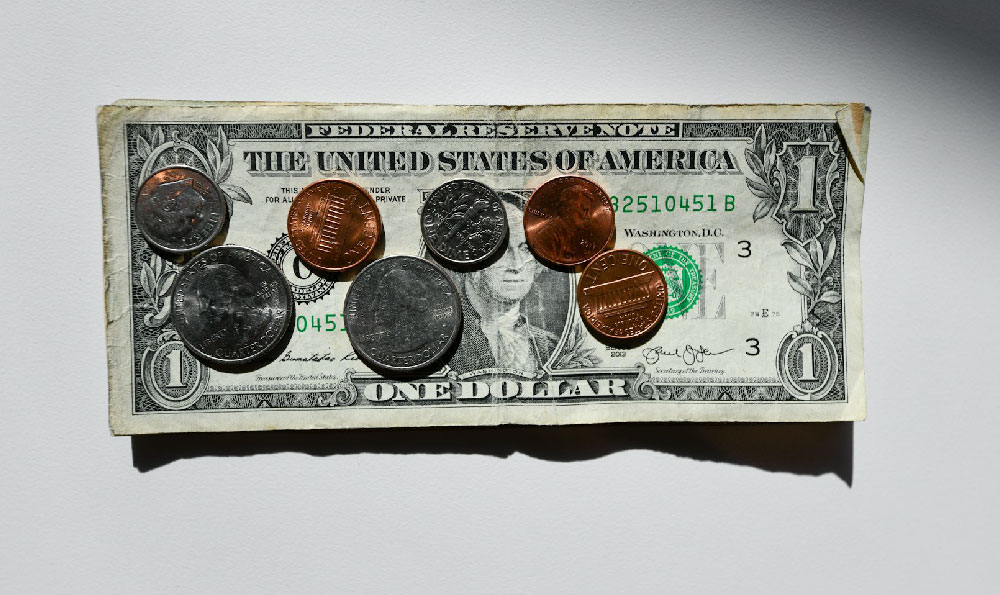How Much Can You Earn Donating Plasma? And Is It Worth It?

Donating plasma, the clear, straw-colored liquid component of blood, has become a popular way for individuals to earn extra money. But how much can you realistically earn, and more importantly, is the process truly worth your time and effort? This exploration delves into the financial aspects of plasma donation, examining the compensation structure, factors influencing earning potential, and ultimately, weighing the financial rewards against the potential drawbacks to determine if it aligns with your personal circumstances and values.
The compensation for donating plasma varies significantly depending on several factors. The primary driver is the donation center itself. Each center sets its own payment rates based on local market conditions, the demand for plasma, and internal budget considerations. Large, national chains often have standardized payment schedules, while smaller, independent centers may offer competitive rates to attract donors. Geographic location also plays a significant role. Areas with a higher cost of living or greater demand for plasma are likely to offer higher compensation. Finally, donor frequency and loyalty are often incentivized. Most centers offer tiered payment structures, rewarding repeat donors with progressively higher payouts. The first few donations might have lower compensation, but subsequent donations within a given timeframe typically yield more. Some centers also offer bonus programs, referral bonuses, or promotional incentives that can further boost earnings.
While the average payout per donation often hovers around $50, it's crucial to understand that this is just an average. New donors often receive lower initial payments, while regular donors can earn upwards of $75 or even $100 per donation at some centers. Considering that most individuals can donate twice per week, the potential for earning a few hundred dollars per month is certainly attainable. However, relying solely on plasma donation as a primary source of income is generally not advisable. The income is supplementary and subject to fluctuations based on the factors mentioned above.

Beyond the base compensation, it's essential to factor in the indirect costs associated with plasma donation. The most significant of these is time. Each donation session typically lasts between one and two hours, including registration, health screening, the actual donation process, and post-donation observation. When calculating the hourly rate, one must consider the total time commitment, including travel time to and from the donation center. If the center is located far from your home or workplace, the travel time can significantly reduce the effective hourly wage. Furthermore, the donation process requires some preparation and recovery. Staying hydrated by drinking plenty of fluids before and after donating is crucial. Similarly, consuming a protein-rich diet can help replenish plasma proteins and minimize fatigue. These preparations also require time and effort.
The financial aspect is just one side of the coin. Evaluating whether plasma donation is "worth it" also necessitates considering the potential health risks and lifestyle adjustments. While plasma donation is generally considered safe when performed under proper medical supervision, there are potential side effects. Common side effects include dehydration, fatigue, dizziness, bruising at the injection site, and in rare cases, more serious complications such as infection or nerve damage. Donors must adhere to strict eligibility criteria, including age, weight, health history, and medication usage. Individuals with certain medical conditions, such as autoimmune disorders or blood clotting disorders, are typically ineligible to donate. The donation process itself involves inserting a needle into a vein to draw blood, separating the plasma using a process called plasmapheresis, and then returning the red blood cells and other blood components to the donor. This process can sometimes cause discomfort or anxiety, particularly for individuals who are needle-phobic.
Before embarking on plasma donation, it's crucial to thoroughly research different donation centers in your area, compare their compensation rates and bonus programs, and carefully read their donor eligibility requirements. It's also advisable to consult with your healthcare provider to ensure that you are healthy enough to donate and that the process will not pose any risks to your health. Understanding the potential risks and benefits, both financial and health-related, is essential for making an informed decision.
Ultimately, the decision of whether or not plasma donation is "worth it" is a personal one. If you are in good health, need some extra income, and are comfortable with the donation process, it can be a worthwhile endeavor. However, it's crucial to approach it responsibly, prioritizing your health and well-being above financial gain. Treat it as a supplementary income source rather than a primary means of support, and always follow the instructions and guidelines provided by the donation center staff. Remember to stay hydrated, eat a healthy diet, and get adequate rest. By weighing the financial rewards against the potential risks and lifestyle adjustments, you can determine if plasma donation is a viable option for you.














